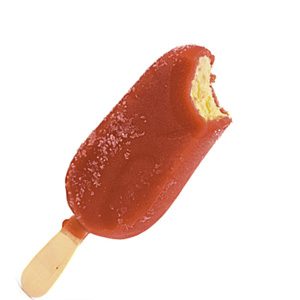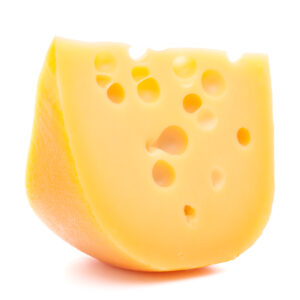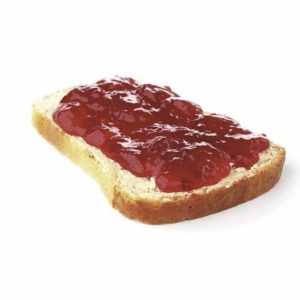Manufacturer of natural colorants supplier
These colours are derived from agricultural, biological, and mineral sources, obtained through extraction and isolation processes. The benefits lie in their production using sustainable, high-quality raw materials like black carrot, red cabbage, beet, grape, turmeric, seaweed, paprika, alfalfa, and others. Natural identical colourants replicate hues found in natural ingredients, synthesized to perfection. Our catalogue features Betacarotene, Apocarotene, and Lycopene.
-
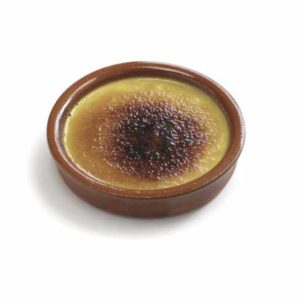 Yellow
YellowE-100 Curcumin
Read moreCurcumin (E-100): Natural colorant that offers bright and intense colour tones ranging from yellow to orange. Obtained from Curcuma longa, a member of the ginger family, through a process of extraction, drying, and purification. Known for its high anti-inflammatory properties and health benefits, we provide it in powder and liquid formats, both hydro-soluble and fat-soluble. Typically used in dairy products desserts, jams, meat, snacks, baked goods, preserves, pasta, ice cream, sauces, and drinks.
-
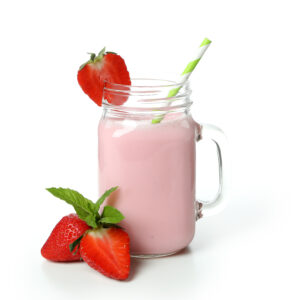 Orange, Red
Orange, RedE-120 Carmine
Read moreCarmine (E-120): This widely-used natural food colouring, derived from cochineal extracts, imparts deep red hues, shades of orange, and purplish tones. Carminic acid and carmine lakes, are applied in colouring various products like food, drugs, and cosmetics. These include meat, seafood, confectionery, alcoholic beverages, soft drinks, cider, vinegar, yogurt, baked goods, jams, jellies, dairy products, snacks, convenience foods, fruit preparations, and seasonings.
The colours exhibit stability against light, heat, and varying pH levels, with some being water-soluble and others fat-soluble.
-
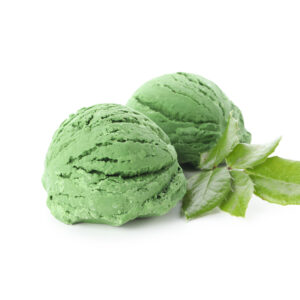 Green
GreenE-141 CU-CHLOROPHYLLINE / CHLOROPHYLL
Read moreChlorophyllin cuprosodic (E-141): Alfalfa-derived natural green is used to produce chlorophyllin, a blend of copper salts and sodium originating from chlorophyll. Being water soluble, it facilitates enhanced absorption by the body while maintaining it’s inherit properties. Chlorophyllin finds application in various beverages, smoothies, ice cream, jellies, pastries, vegetables dishes, cheeses, and candies. Its stability to both light and heat exposure is remarkable.
-
 Black
BlackE-153 CHARCOAL
Read moreCarbon Black (E-153): Charcoal is a natural colorant in black tones, obtained from the burning of vegetables, coconut shells and other natural materials reduced to small particles and suspended in glucose syrup. Presented as a paste, it is soluble in water and applicable in neutral or acid pH products. Used in the fish industry for caviar or surimi imitation, as well in confectionery, candies, cookies and chocolates. It serves as a vegetable black pigment without toxicity, suitable for human consumption. Excellent stability to the light and heat exposure.
-
 Orange, Yellow
Orange, YellowE-160A Betacarotene
Read moreBetacarotene (E-160a): Betacarotenes are natural pigments that provide orange and yellow colours to fruits and vegetables. Recognized for their skin, eyesight and overall health benefits, these pigments find applications in medicine and the food industry. Our quality products are sourced through extraction from natural sources and biosynthesis in the laboratory. Available in liquid or powder formats, these natural food colorants are applicable to dairy, bakery, drinks, margarine, snacks, sauces, candies and desserts. They are stable, safe, easy to apply and exhibit excellent solubility.
-
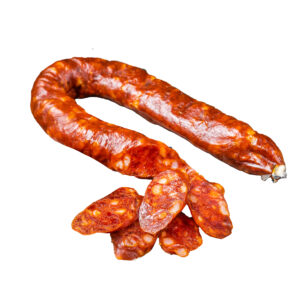 Orange, Red
Orange, RedE-160c Paprika ORP
Read moreOleoresin (E-160C): Paprika oleoresin serves as a red vegetable colouring, easily dissolvable in liquids and viscous substances. Extracted naturally from Capsicum Annum L peppers, it contains Capsanthin pigment, providing orange and red shades from the carotenoid family. Available in powder or liquid format, it demonstrates good stability to light and heat. Applicable to products with acidic or neutral pH, including meat, surimi, sauces, candies, snacks, spices and vegetables.
-
Red
E-160d Lycopene
Read moreLycopene E-160 (d): Lycopene is an oil-soluble red carotenoid pigment, occurs naturally in various fresh fruits and vegetables like tomatoes, watermelon, pink grapefruit and papaya. It can also be synthetically be produced. Applicable to acidic and neutral pHs, it finds uses in candies, dairy, bakery, surimi, meat and sauces. Available in water soluble and fat-soluble version.
-
Orange, Red
E-160e Apocarotenal
Read moreApocarotenal, a carotenoid found in spinach and citrus fruits. Ours is a nature-identical colorant that gives a light orange to orange-red hue to a various food and beverage products. Applicable in dairy, confectionery, ice cream, bakery, savoury, sauces and beverages. Excellent stability to the light and heat.
-
Red
E-163 Anthocyanins
Read moreBlack carrot (E-163): The red colorant is derived through the extraction of the Black Carrot a carrot variety known for its intense red colour, followed by dehydration through atomization. Available in liquid and powder formats.
Applicable to soft drinks, wines, liqueurs, confectionery in general, juices, jams and other products, provided that the final pH is acidic.
